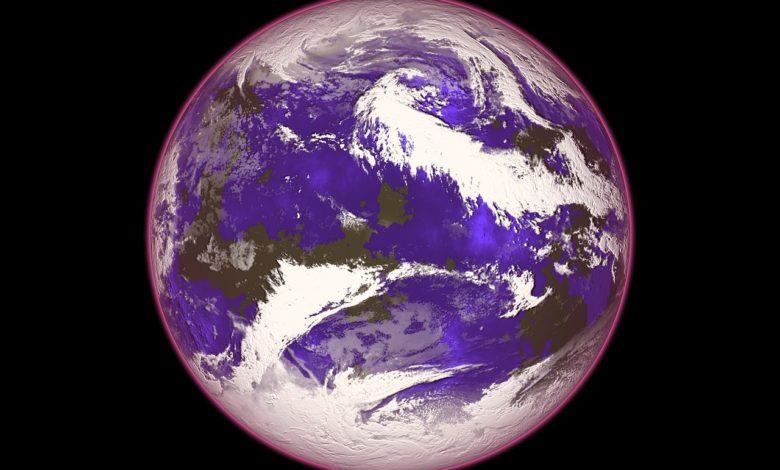Exceptionally: a hole in the ozone layer above the North Pole

In 2019 we had the smallest ozone hole above the South Pole in a long time. Now, according to KMI observations, the enormous hole in the ozone layer above the North Pole has ever been measured. ULB researchers had also noticed the gap. Both ozone holes in themselves have nothing to do with each other, although the same processes create them. The ozone hole above the North Pole will disappear by itself in the coming weeks, scientists reassure.
Exceptional meteorological conditions in recent weeks created the hole in the ozone layer above the North Pole. According to researchers from the ULB, the ozone layer had shrunk by thirty percent on March 16. The presence of a real ozone hole above the North Pole is exceptional: such holes were only observed in 1997 and 2011, roughly once every decade, with the current ozone hole appearing to be the largest of the three.
Cold air
The explanation lies in the persistent and very cold air currents in the stratosphere (a layer in the atmosphere that extends from about 10 to 50 kilometers above the earth’s surface) and the leading historical presence of chlorofluorocarbons or CFCs in that place (the substances that form the ozone layer (mainly known from the propellants in old aerosol cans). This caused the ozone layer to come under pressure longer than usual.
Typically, winter temperatures around the North Pole are much more moderate than at the South Pole, and there is a much more considerable variation in temperatures over the years, which means that the ozone layer is generally better spared. “This year, however, the climatic conditions are such that there is also an ozone hole at the North Pole,” said the ULB researchers. They noticed the hole thanks to three observation satellites armed with IASI equipment, which map the ozone concentrations in the atmosphere around the world day after day.
In the video, watch the satellite observations of the thickness of the ozone layer above the North Pole from November 2019 to March 21:
How is such an ozone hole created?
According to the RMI, for the explanation of the holes in the ozone layer, we must go back to the years 1970-1995, the years when CFCs were emitted on a large scale by industry. Those CFCs ended up in the stratosphere because the gases have a long life – some of which remain in the higher air layers for more than 100 years – they are still there.
It is those CFCs that attack the ozone layer. Ozone is a vital sunscreen, protecting us from much of the sun’s harmful UV rays. Due to wind patterns (the polar vortex), the CFCs that are still present gather every year in the cold winter stratosphere, at an altitude of 15-25 kilometers at the poles.
During the dark winter months above the South Pole (June-August, when there is no sunlight over Antarctica), temperatures at that altitude drop to –78 degrees Celsius or less. At those low temperatures, the CFCs, along with the sparse amount of water found therein vapor or ice form, form rainbow-colored pearly clouds, also known as polar stratospheric clouds. When the sunlight finally falls on the clouds in the spring (at the South Pole, it starts in September, at the North Pole in March), the CFCs present begin to break down ozone very efficiently, because the processes require UV light.
View below the satellite observations of the thickness of the ozone layer above the North Pole in March, from 1979 to the present:
High and low temperatures
In September 2019, temperatures above the South Pole were 16 degrees higher than the average of the past forty years, about –90 degrees at an altitude of 20 kilometers. This made the Arctic swirl weaker than usual, resulting in a much smaller ozone hole above the South Pole.
Above the North Pole, precisely the opposite occurs this spring. In essence, temperatures reached minimum record values at the height of about 20 kilometers, and the Arctic vortex is robust this year, resulting in many iridescent clouds, making CFCs more ozone than usual to break down.
With sunlight, temperatures will rise above the North Pole, the pearlescent clouds will dissolve, and the ozone hole will disappear in the coming weeks.




